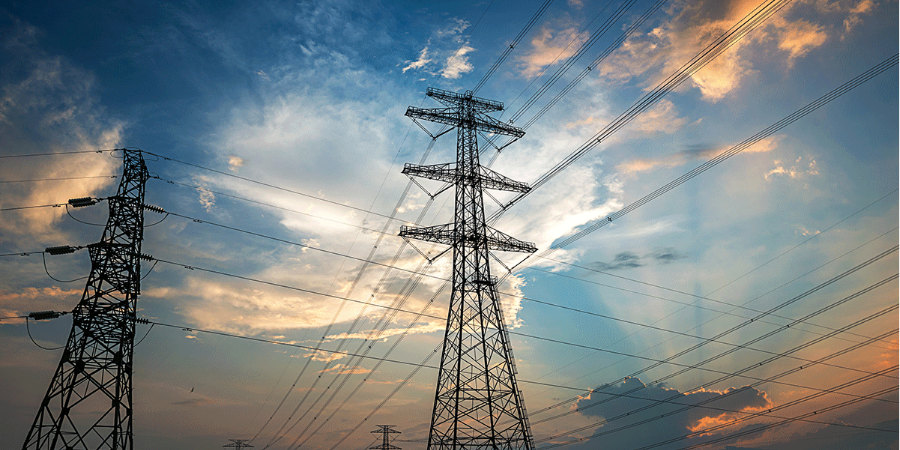India–US Trade Tensions Rise Over Steel and Auto Tariffs NMDC Limited reports a 38% drop in Q4 FY24 consolidated net profit RINL to Raise $23 Million Through Land Sales Amid Crisis

In early 2024, India's electricity supply has improved significantly compared to 2023 and 2022. This improvement is attributed to increased coal production and a substantial deployment of renewables, which has eased pressure on fuel inventories.
In 2023, a weak monsoon impacted hydro generation, leading to heavy reliance on coal-fired generation during the summer and autumn. This reliance depleted fuel inventories to critically low levels in October. However, there was a strong recovery in November, December, and January, with record coal production and dispatches to generators.
The ample stocks of coal at power plants are expected to minimise the risk of blackouts during the challenging spring period, even if temperatures are hotter than usual in March and April. Currently, generators have stored 38 Mn tonnes of coal on-site, an increase from 33 Mn tonnes in 2023 and 25 Mn tonnes in 2022, according to data from the Central Electricity Authority.
These fuel inventories are sufficient to cover almost 14 days of generators' minimum requirements, up from 12 days in 2023 and nine days in 2022. The improved fuel situation is a result of a concerted effort to boost coal production and prioritise coal deliveries on the railway network.
In 2023, India's mines increased coal production by 106 MMT (12%), and the volume delivered to generators increased by 50 Mn tonnes (7%) compared to 2022. The number of unit coal trains dispatched to power producers averaged 279 per day in December 2023, a new monthly record.
As a result of these efforts, coal-fired power plants generated an extra 11 billion kilowatt-hours (6%) in November-December 2023 compared to the same period in 2022, all while continuing to accumulate fuel.
Electricity consumption in India peaks between June and August due to the hottest temperatures and increased demand for air-conditioning and refrigeration. However, the summer monsoon also contributes to hydroelectric and wind generation, relieving some pressure on the electricity transmission network. The most challenging periods for power supplies are in March and April, before the monsoon, and in September and October, after the monsoon.
To address these challenges, India has focused on accumulating coal inventories during the summer and winter seasons to ensure sufficient fuel for coal units during these critical periods. In the past, insufficient coal inventories led to widespread outages in 2021 and 2022 during hot weather, causing the grid's frequency to drop below its minimum operating target.
The government and generators have prioritised stockpiling coal to avoid such situations, and the efforts made during the winter have positioned the system to be more resilient during the pre-monsoon increase in demand.
Additionally, India has expanded renewable generation significantly, installing 79 gigawatts (GW) of additional capacity since the end of 2018. The capacity has been growing at a compound rate of 4% per year, with 60 GW coming from renewables, including 48 GW from solar (24% per year) and 10 GW from wind (5% per year), according to Central Electricity Authority data.
While solar and wind generation are intermittent and not a perfect match for the increasing air-conditioning, refrigeration, and industrial load, they have helped alleviate pressure on coal-fired generators, allowing for stock building and reducing the risk of fuel shortages and blackouts.
Also Read : Qatar's Gas Gamble: Charting a Course for India's Energy Security Empowering India through solar energy: Comprehensive analysis of PM Suryodaya Yojana